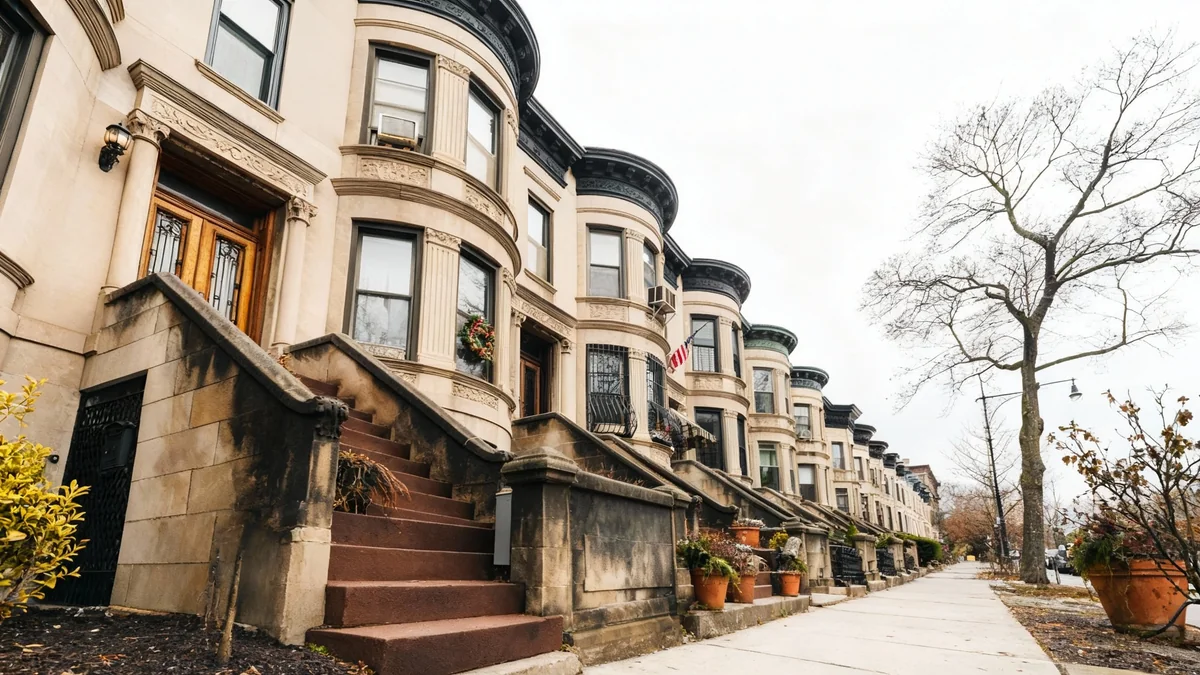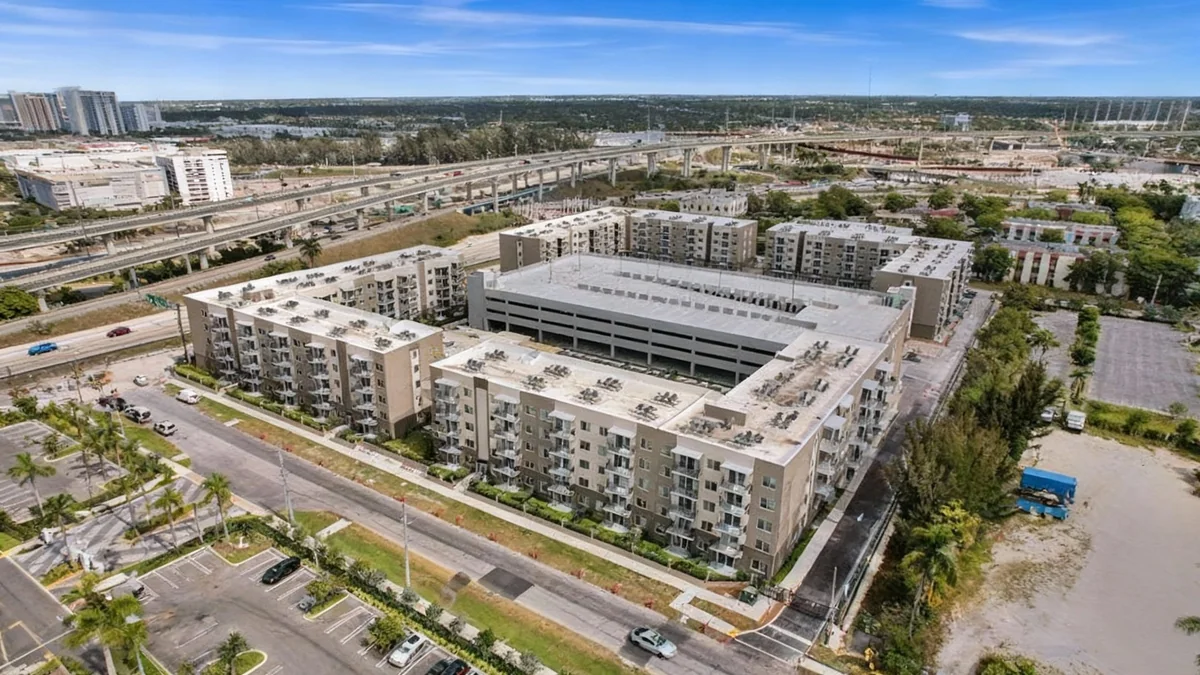Smaller religious congregations across New York City are facing a significant challenge in securing affordable and suitable places for worship due to the city's soaring real estate market. Lacking the multimillion-dollar funds needed to purchase property, many are turning to innovative rental agreements and partnerships with larger institutions to survive and serve their communities.
This growing trend highlights a shift away from the traditional model of property ownership, forcing faith groups to become more flexible and collaborative. However, these arrangements often come with their own set of risks, including the potential for sudden displacement when a host organization closes or sells its property.
Key Takeaways
- Skyrocketing real estate prices in New York City make it nearly impossible for smaller congregations to buy their own buildings.
- Many congregations are now renting space from schools, community centers, and even larger religious institutions.
- These partnerships can provide financial benefits and strengthen community ties for both the host and the tenant.
- Renting creates instability, as congregations can be displaced if the host organization goes bankrupt, closes, or sells its building.
- Leaders are proposing new models, including creating funds to incentivize these shared-space partnerships within faith communities.
The Challenge of Finding a Home in a High-Cost City
For many small religious groups in New York City, the search for a permanent home is a constant struggle. The primary obstacle is financial. With property values at a premium, particularly in Manhattan, the cost of buying and developing a building is prohibitive for fledgling or modest-sized congregations.
This forces them into the rental market, which presents its own unique set of difficulties. Religious services require specific layouts, accessibility, and availability during key times, such as weekends and holidays. These requirements do not always align with standard commercial lease offerings.
Rabbi Adam Mintz, who leads a Modern Orthodox congregation, described the difficulty of the search process. “You can’t go on StreetEasy and find a synagogue space exactly as you want it,” he explained. His group, Kehilat Rayim Ahuvim, needed a main room for 50 to 80 people, a second space for post-service gatherings, and a location within walking distance for its members on the Upper West Side.
An Unconventional Solution Becomes a Model
After a long search, Rabbi Mintz's congregation found a suitable space within the National Council of Jewish Women’s (NCJW) building. The arrangement lasted for 21 years and provided a stable home for his community while offering the NCJW a consistent source of income.
Mintz referred to the pressure to own a building as the "edifice complex." He believes that as property values have climbed, congregations must adapt. “As real estate prices have gone sky high, New York City — and especially Manhattan — congregations have had to get creative,” said David Kaufman, author of “Shul with a Pool” and an expert on the history of American synagogues.
A Historical Shift in Real Estate
According to historian David Kaufman, the extreme difficulty in finding affordable space is a relatively new problem. He notes that in the 1970s and 1980s, rents in New York were not as high, making it easier for various groups to find suitable premises. The current challenge, starting around the year 2000, marks a new phase in the city's real estate history, defined by the need for creative space-sharing solutions.
This creativity is now seen across the city. Kehillat Harlem, a synagogue community, rents a storefront on Adam Clayton Powell Boulevard. In Brooklyn, the Prospect Heights Shul operates out of Luria Academy, a Jewish day school.
The Inherent Risks of Renting
While renting from another organization can be a lifeline, it also introduces significant instability. A congregation's existence in a particular location is entirely dependent on the stability of its landlord. Recent events have shown how quickly these arrangements can fall apart, leaving communities scrambling for a new home.
The independent minyan Darkhei Noam had been renting space from the Manhattan Country School since 2017, with a lease set to last until 2034. However, when the school suddenly declared bankruptcy, the congregation was left without a space. Paul Wachtel, a former board co-chair, described the subsequent search as “very difficult.”
“We need a space for all the Jewish occasions and events, but it would be impossible to buy and difficult to rent unless we have a partner who would make use of it at other times during the week, like an educational institution,” Wachtel said during the search.
Darkhei Noam eventually secured a one-year lease with the Trevor Day School, providing a temporary solution. Similarly, the Fort Tryon Jewish Center is being forced to move after its landlord, the Fort Washington Collegiate Church, announced its closure.
A New Model Based on Community Partnership
Rabbi Mintz believes the most effective solution is for smaller congregations to rent space from larger, established organizations within their own faith community. Following this principle, his congregation recently moved from the NCJW building into the Marlene Meyerson JCC Manhattan, rebranding as the Shtiebel @ JCC.
Mintz expressed excitement about being in what he called “probably the busiest Jewish building in Manhattan.” The move has already attracted new people to their services. He advocates for this model to be “replicated everywhere,” suggesting that large synagogues with underutilized space could rent to smaller Jewish nonprofits.
Benefits of Intra-Community Partnerships
- Financial Stability: Creates a new revenue stream for the host institution while providing affordable rent for the tenant.
- Community Building: Fosters collaboration and strengthens the broader religious or cultural community.
- Shared Resources: Allows smaller groups to access facilities and amenities they could not afford on their own.
- Enhanced Programming: Creates opportunities for joint events and educational programs, such as religious school students gaining access to historical archives.
Other congregations have found similar success. Temple Emanu-El’s downtown campus now operates out of the Center for Jewish History. Dina Mann, the executive director, said the partnership is beneficial because it exposes their religious school students to different aspects of Jewish history.
Rabbi Jonathan Leener of Prospect Heights Shul noted that its partnership with Luria Academy has opened up new funding opportunities. “It made sense to be like, ‘Wow, we could split this,’ and working really together to take advantage of what’s out there,” Leener said. “We’re hoping that some of the larger foundations and philanthropists are attracted by this model of Jewish community, of working together.”
Looking Toward a More Collaborative Future
The success of these partnerships has led to calls for a more structured approach to space-sharing. Rabbi Mintz proposed the idea of a dedicated fund that would provide financial incentives to both the host and renting organizations to encourage such collaborations.
However, this model is not a universal solution. It depends on the geographic proximity of large institutions with available space. For congregations like the Fort Tryon Jewish Center in Washington Heights, an area with fewer large Jewish organizations, finding a suitable partner remains a significant hurdle.
Despite the challenges, the trend toward shared spaces reflects a necessary adaptation to New York City's economic realities. For smaller congregations, the future may depend less on owning a building and more on building strong, mutually beneficial partnerships within their communities.
As Rabbi Mintz stated, “It’s such an important real estate model, and we don’t utilize our real estate properly.” This sentiment suggests a path forward where collaboration and efficient use of existing resources become the cornerstones of community survival in an expensive urban landscape.





